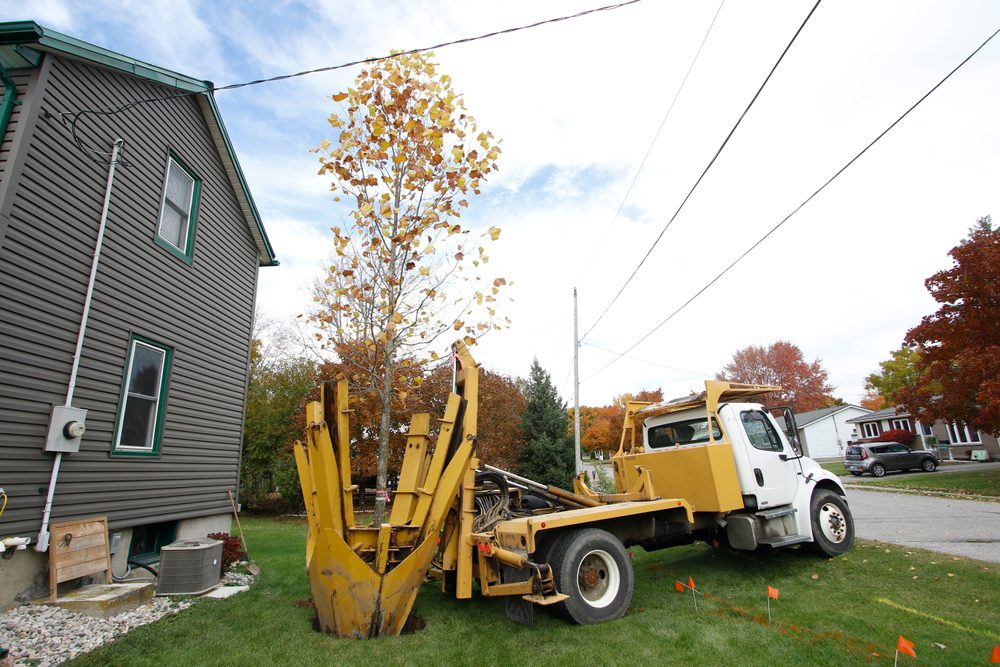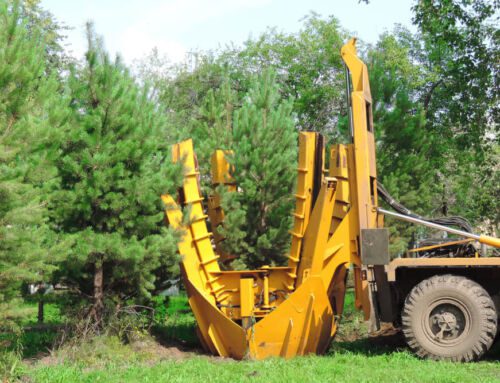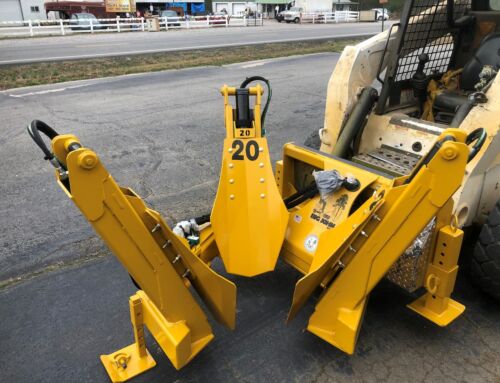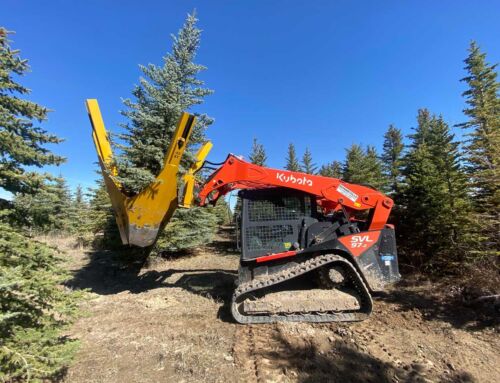Preparing Trees for Transplantation: A Step-by-step Guide
Preparing Trees for Transplantation: A Step-by-step Guide
Transplanting trees is a delicate task, but it ensures the tree’s survival and continued growth when done right. That’s why proper preparation is key to successful tree transplantation, impacting everything from the tree’s health to its adaptability in a new environment.
So, how do you do it right? This guide will walk you through essential tree transplant practices, ensuring that every tree you move thrives in its new home. From timing and site selection to post-care, we’ve got you covered.
Choosing the Right Time for Transplantation
Timing is crucial in tree transplantation. The best seasons for transplanting are typically late fall or early spring. During these times, trees are dormant, which minimizes stress and maximizes growth potential once they’re replanted. Consider local climate conditions; mild temperatures and adequate moisture levels are ideal for successful transplantation.
Assessing Tree Health
Before moving a tree, it’s vital to assess its health. Look for these signs to ensure the tree is strong and healthy enough for transplantation:
- Vigorous growth patterns
- Absence of dead or broken branches
- Healthy, green foliage
- No visible signs of disease or pest infestations
Healthy trees are more likely to survive the transplant process and adapt to new environments.
Site Selection and Preparation
Choosing the right site is crucial for the tree’s future growth. Choose a place with appropriate sunlight, soil type, and enough space for the tree to mature. Prepare the site by clearing debris and ensuring the soil is rich and well-draining. This groundwork sets the stage for a smooth transition.
Watering and Soil Preparation
Thoroughly water the tree before transplantation to reduce shock. Loosen the soil in the new location and mix in organic matter, which helps with root establishment. Post-transplant, maintain a consistent watering schedule to keep the tree hydrated.
Digging and Moving the Tree
Carefully dig around the tree’s root ball, maintaining as much of it intact as possible. Use appropriate tools to lift and transport the tree to its new site. Position the tree carefully, ensuring its level and stability before filling in with soil.
Post-Transplant Care
Once transplanted, ongoing care is essential. Here’s what we recommend:
- Water the tree regularly, and place mulch to conserve moisture and regulate temperature.
- Monitor for signs of stress, such as wilting or discolored leaves, and adjust care as needed.
- Prune any damaged or diseased branches to encourage healthy growth.
- Fertilize the tree with a slow-release fertilizer in the spring to promote strong root development.
By providing proper care post-transplantation, you give the tree the best chance for survival and continued growth.
Embrace the Art of Tree Transplantation with The Best Tools
At Big John Manufacturing, we understand the importance of proper tree care for transplanting. That’s why we offer a range of high-quality tools designed to make the process easier and more efficient.
Browse our catalog or contact our team to explore how we can assist you!




